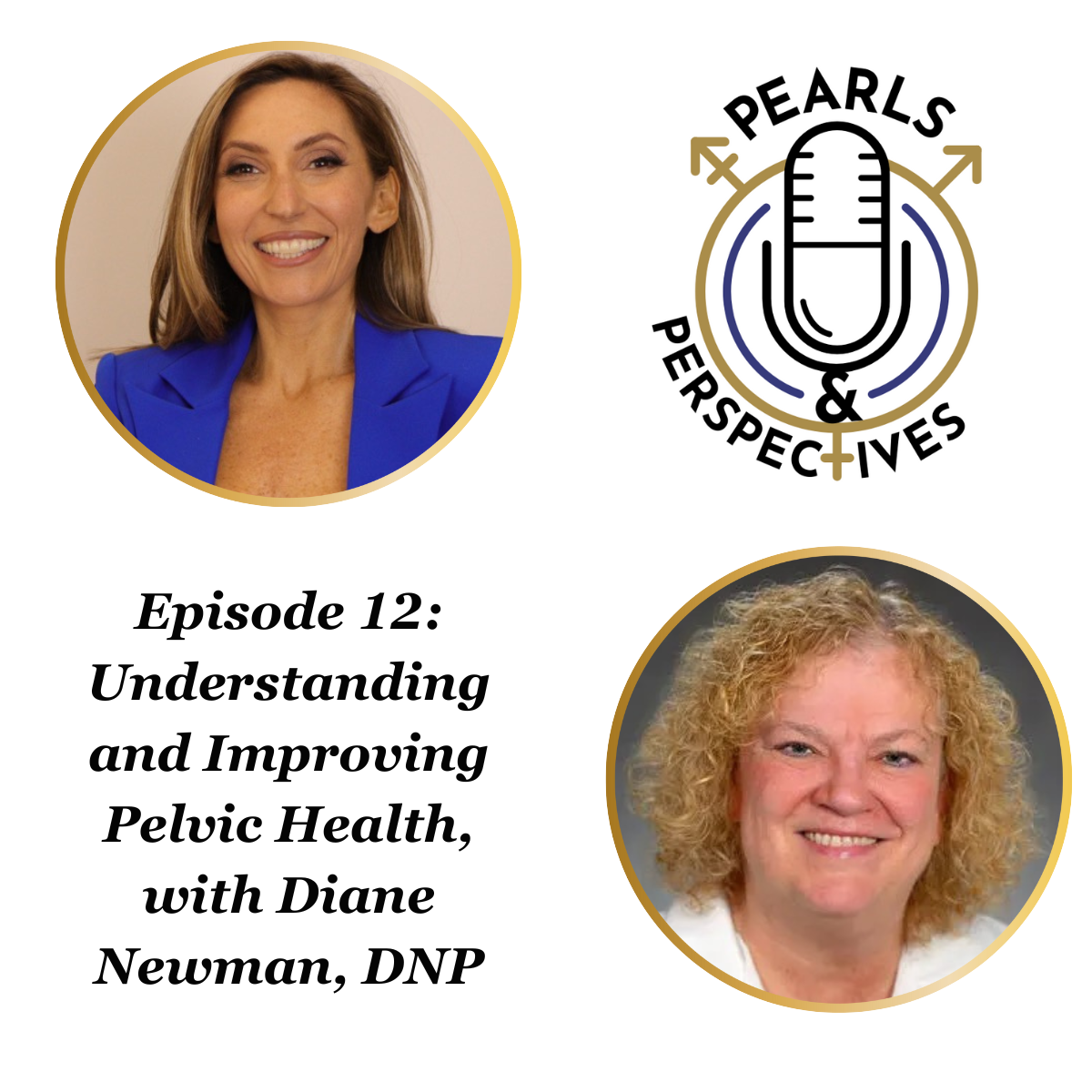News
Article
Vaginal estrogen improves vaginal atrophy, has no effect on pelvic organ prolapse recurrence
Author(s):
The incidence of 12-month surgical repair failure was 19% among those who received vaginal estrogen, compared with 9% among those who received placebo.
Intravaginal estrogen cream did not improve the recurrence rate following surgery for pelvic organ prolapse (POP), but it did reduce symptoms of vaginal atrophy, according to findings from a randomized clinical trial (NCT02431897) published in JAMA.1
The study enrolled 186 postmenopausal women who underwent surgery for POP across 3 tertiary clinical sites in the United States.

The data showed that the incidence of 12-month surgical repair failure was not significantly different between patients who received vaginal estrogen vs placebo, with a rate of 19% (n = 20) among those who received vaginal estrogen compared with 9% (n = 10) among those who received a placebo (adjusted hazard ratio, 1.97; 95% CI, 0.92-4.22). The most common indication for surgical failure was anatomical recurrence.
Further, vaginal estrogen was found to significantly improve the vaginal atrophy score for most bothersome symptom among the 109 patients who had at least moderately bothersome vaginal atrophy at baseline.
“Our results would argue against routine prescription of vaginal estrogen to optimize vaginal tissue for prolapse repair, a practice that is recommended by some experts,” said lead author David Rahn, MD, in a news release on the findings.2 Rahn is a professor of obstetrics and gynecology at UT Southwestern Medical Center in Dallas, Texas.
In total, the study enrolled 186 postmenopausal women who underwent surgery for POP across 3 tertiary clinical sites in the United States. Inclusion criteria included having symptomatic apical and/or anterior vaginal wall prolapse stage 2 or greater, no menses for over 1 year, and no estrogen replacement within the prior month. Patients underwent either vaginal hysterectomy or a standardized apical fixation of either uterosacral or sacrospinous ligament fixation.
Those included in the study were randomly assigned 1:1 to receive 1 g of conjugated estrogen cream (0.625 mg conjugated estrogens/1 g cream) or placebo inserted vaginally nightly for 2 weeks and then twice weekly for at least 5 weeks preoperatively. This regimen continued twice weekly for 12 months after surgery.
The average age of participants was 65 years. At the time of surgery, patients in the vaginal estrogen group were determined to have better vaginal tissue quality and estrogenization compared with the placebo group upon assessments from a masked surgeon.
The primary outcome was the time to failure of surgical repair in the 12 months following surgery, defined as either having anatomical or objective prolapse of the anterior or posterior walls beyond the hymen or the apex descending more than one-third of the vaginal length, subjective symptoms of vaginal bulge, or a repeated prolapse treatment. Secondary outcomes included sexual and urinary function, symptoms and signs of urogenital atrophy, and adverse events.
In the news release,2 Rahn suggests that the study may have additional benefits other than those studied. “Dr. Rahn added that vaginal wall biopsies collected during the study may provide biomarkers that could predict which women are most at risk for POP recurrence after surgery,” according to the release.
References
1. Rahn DD, Richter HE, Sung VW, Pruszynski JE, Hynan LS. Perioperative vaginal estrogen as adjunct to native tissue vaginal apical prolapse repair: A randomized clinical trial. JAMA. 2023;330(7):615-625. doi:10.1001/jama.2023.12317
2. Estrogen cream does not improve success rate for prolapse repair. News release. UT Southwestern Medical Center. August 15, 2023. Accessed August 17, 2023. https://www.newswise.com/articles/estrogen-cream-does-not-improve-success-rate-for-prolapse-repair?ta=home
Newsletter
Stay current with the latest urology news and practice-changing insights — sign up now for the essential updates every urologist needs.
















